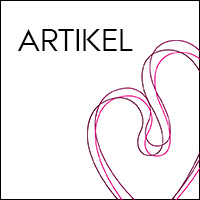The relation of home literacy environments to language and preliteracy skills in single- and dual-language children in Danish childcare
Anders Højen, Erika Hoff, Dorthe Bleses, Philip S. Dale

Highlights
- Home literacy environments impact language/preliteracy even with high childcare dosage.
- Home literacy environment benefits are stronger for language-minority children.
- Earlier entry in childcare supports language and preliteracy skills.
- Home literacy environment effects are increased, not diminished, by early childcare.
Abstract
Preschool children’s language and preliteracy skills are influenced by their home literacy environments. We asked to what extent this is true even for children in a context, Denmark, with near-universal childcare (97% at age 3–5), and additionally, if it holds specifically for dual-language learners. The sample consisted of 5791 4–6-year-olds from diverse socioeconomic backgrounds, who had attended full-time childcare since age 1–1½ on average. Despite years in childcare programs, two home literacy factors, book exposure and preliteracy activities, were significantly related to children’s Danish language and preliteracy skills. Moreover, this relation was significantly stronger for children learning a minority language at home. High book exposure either narrowed or closed the Danish majority language skill gap with single-language learners. Early entry in childcare predicted stronger language and preliteracy skills; however, early entry increased rather than diminished effects of home literacy environments on language skills, suggesting possible cross fertilization of home and childcare environments. Children with a native and a nonnative parent had substantially higher Danish language and preliteracy skills when the mother was the native than when the father was, a difference equivalent to ¾ year’s language development. Nonnative parents’ Danish proficiency and degree of Danish use showed complex relations to child outcomes, including positive, negative and null effects. Overall, the results indicate that childcare works as an addition, not a substitute for a supportive home literacy environment.Read the article: The relation of home literacy environments to language and preliteracy skills in single- and dual-language children in Danish childcare (Pay wall may occur)